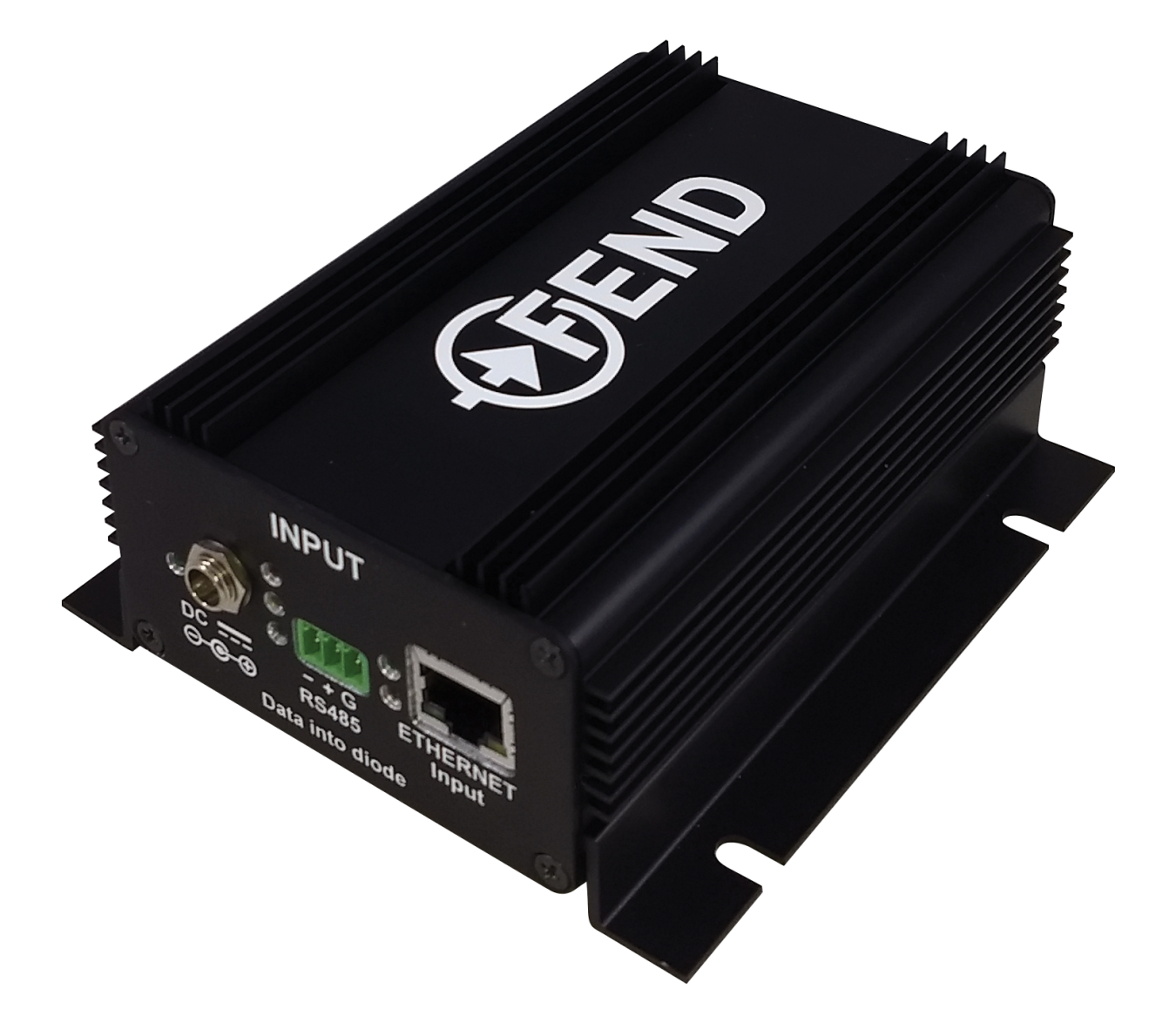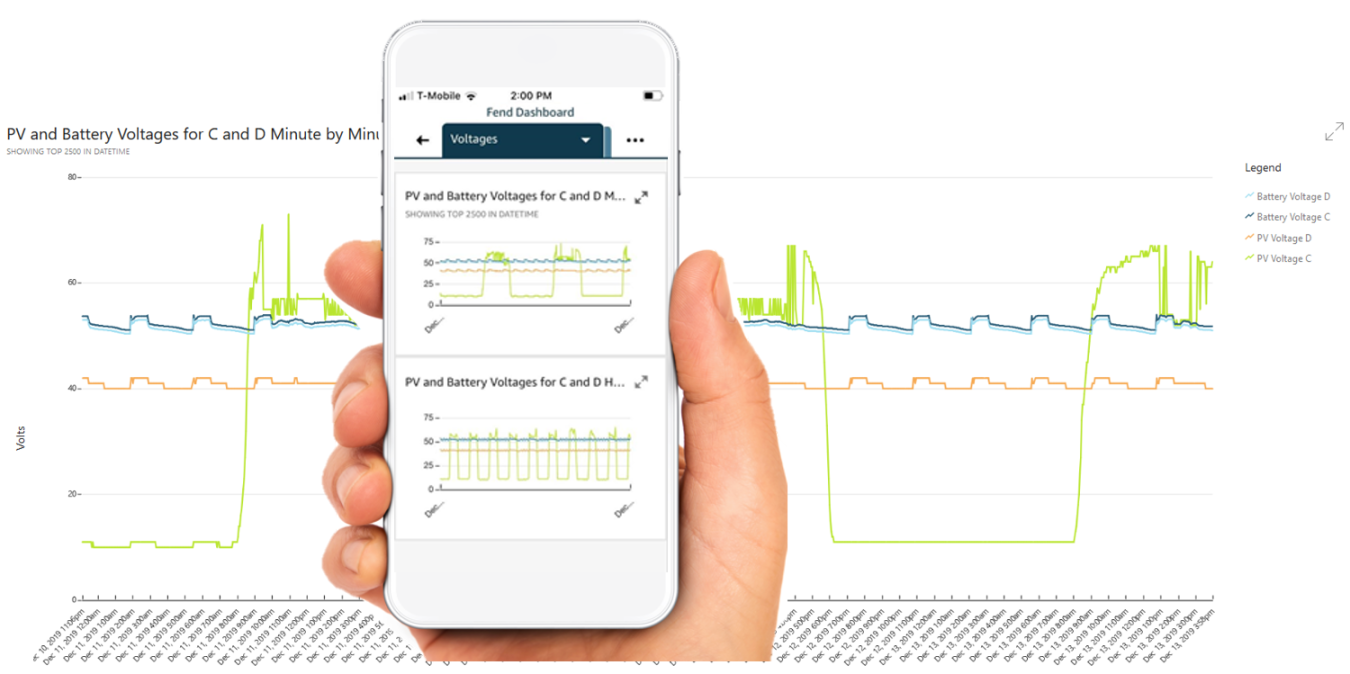Project Name: Low-Cost, Plug-and-Play Data Diodes for Solar Equipment Cybersecurity
Funding Opportunity: Small Business Innovation Research and Small Business Technology Transfer (SBIR/STTR FY2019 Phase II)
SETO Research Area: Manufacturing and Competitiveness
Location: Arlington, VA
SETO Award Amount: $1,200,000
Awardee Cost Share: N/A
Principal Investigator: Colin Dunn
Planned Timeline: 2018-2021
-- Award and cost share amounts are subject to change pending negotiations --
Solar energy operators need real-time situational awareness and the insight of advanced analytics to compete in the energy marketplace. This project is creating a communication device called a data diode that provides secure, one-way transfer of information to protect power infrastructure from cyberattacks at a fraction of current costs. Current data diodes require extensive on-site network configuration and can cost more than $100,000 each. This new data diode will reduce costs by at least 90% and enable easy installation.
APPROACH
This project team’s approach is based on air-gapping solar hardware, like inverters, from the rest of the grid by physically separating the emitter and the receiver. This process prevents malicious communication to the solar energy system while ensuring that secure data flows out of it. This also makes more big data sets available to users so they can analyze them to inform future solar installation operation. This project will further refine hardware for the solar market, enhance the cloud data analytics platform, and provide limited provision for operators to control equipment remotely.
INNOVATION
A simpler, lower-cost data diode will serve the unmet needs of infrastructure managers across the energy industry by enabling rapid, secure access to equipment data. This project harnesses the power of cloud data storage and analytics to make remote utility monitoring cost-effective and easy to deploy. This will result in improved security for the U.S. electric industry and secure monitoring for solar generation facility operators. This project will also improve operational efficiency and cost savings through greater awareness and early fault detection.




